Join Us Live for a Discussion on Medicare, Democracy, and the Future of Health Care
SNAP at Risk: Impacts for Medicare Beneficiaries
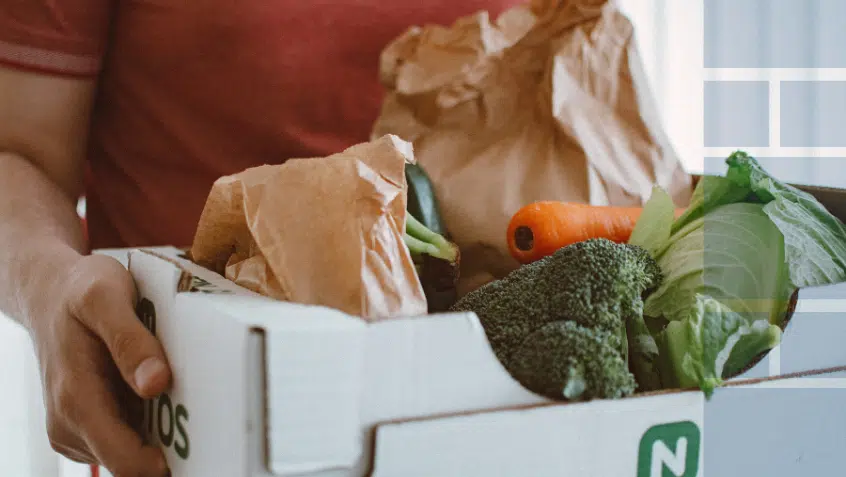
On November 1, as the federal government shutdown entered its second month, the nearly 42 million Americans who rely on the Supplemental Nutrition Assistance Program (SNAP) did not receive their benefits for the month. This is the first time in the program’s 61-year history that SNAP benefits have been fully halted.
This break in food assistance comes as a result of the Trump administration’s refusal to release the roughly $5 billion in contingency funds to sustain the program, a decision that conflicts with prior law and practice. Several states sued in response, and two federal judges ruled on Friday that the administration must use the contingency funds to cover SNAP benefits during the shutdown. Still, officials said Monday that the funds will only cover around 50% of the need for the month and that payments may be further delayed due to variations among state eligibility systems.
SNAP Serves Older Adults and People With Disabilities
Nearly 13 million older Americans—including one in five older adults in rural areas—experience food insecurity, meaning that they do not have consistent access to food. Households that include an adult with disabilities are more likely than those that do not to experience food insecurity, and the number rises sharply for households that include a member out of the labor force due to disability. When food becomes unaffordable, older adults and people with disabilities are forced to make impossible choices between necessities, skipping meals or doses of medication, for instance, in order to pay for rent or utilities.
When food becomes unaffordable, older adults and people with disabilities are forced to make impossible choices between necessities.
SNAP has for decades been the most effective tool to combat hunger in the country. It provides people with the means and autonomy to feed themselves and their families, and it stimulates widespread economic activity that supports grocery stores, farms, and food transportation. Without the spending that comes through SNAP, stores may pass the costs on to shoppers by increasing prices for all and some may be forced to close, further worsening food and financial insecurity for millions of Americans.
Amid uncertainty at the federal level, much of the financial and logistical task of feeding its residents falls to the states, further straining state budgets that already are worn thin by HR 1’s cuts to state Medicaid funding. A number of states—including New York—have announced they will release emergency funds to cover short-term food assistance.
The stopgap measures are necessary and timely interventions, but they cannot replace SNAP.
The stopgap measures provided by states and communities—from local food banks to state-administered emergency aid—are necessary and timely interventions, but they cannot replace SNAP. Older adults and people with disabilities, particularly those who have limited mobility or cognitive impairments, cannot as easily access different modes of food aid which may be farther from their homes or require them to navigate additional—and often highly inaccessible—government programs and bureaucracy.
Cost Assistance for People With Medicare
Enrolling in programs like the Part D Low-Income Subsidy (LIS or “Extra Help”) or Medicare Savings Programs (MSPs) could help Medicare beneficiaries make ends meet.
Data from 2022 show that nearly one in ten Americans aged 65 and older are eligible for both SNAP and a Medicare Savings Program (MSP). Administered by states, the MSPs are cost assistance programs that help low-income Medicare beneficiaries afford coverage and care. MSP enrollees get help with monthly Part B premiums and are automatically enrolled in Extra Help, which covers some prescription drug costs. For enrollees with very low incomes, MSPs can cover out-of-pocket costs for additional Medicare-covered services.
Unfortunately, many people miss out on MSP benefits despite being eligible for them. Analyses consistently show that under 60% of those eligible for an MSP are enrolled, also indicating that Extra Help is similarly underenrolled. This is attributed to a lack of awareness about the programs as well as the obstacles people face when applying for and recertifying MSP enrollment.
Many people miss out on MSP benefits despite being eligible for them.
With SNAP funding in question for millions of people, among them many Medicare beneficiaries, we encourage people to contact their State Health Insurance Assistance Program (SHIP) to check if they are eligible for an MSP. The Medicare Rights Center estimates that enrolling in an MSP (along with the automatic Extra Help coverage) can save an individual at least $8,400 a year in out-of-pocket health care costs, freeing up limited funds for people to use on food and other necessities.
Visit Medicare Interactive to learn more about MSPs. If you are a New York State resident, the Medicare Rights Center can help you apply for an MSP.
Contact your State Health Insurance Assistance Program (SHIP) for assistance applying for an MSP.
Show Comments
We welcome thoughtful, respectful discussion on our website. To maintain a safe and constructive environment, comments that include profanity or violent, threatening language will be hidden. We may ban commentors who repeatedly cross these guidelines.
Help Us Protect & Strengthen Medicare
Donate today and make a lasting impact
More than 67 million people rely on Medicare—but many still face barriers to the care they need. With your support, we provide free, unbiased help to people navigating Medicare and work across the country with federal and state advocates to protect Medicare’s future and address the needs of those it serves.
The Latest
Most Read
Add Medicare to Your Inbox
Sign up to receive Medicare news, policy developments, and other useful updates from the Medicare Rights.
View this profile on InstagramMedicare Rights Center (@medicarerights) • Instagram photos and videos
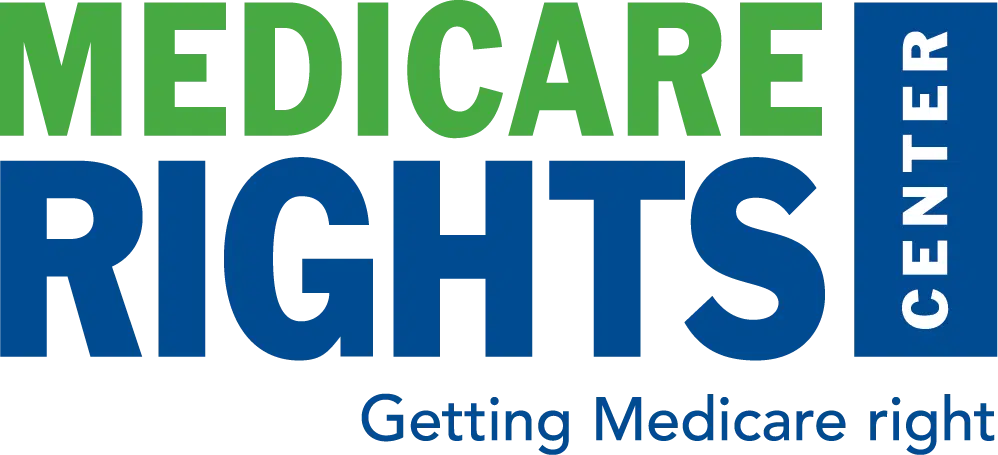
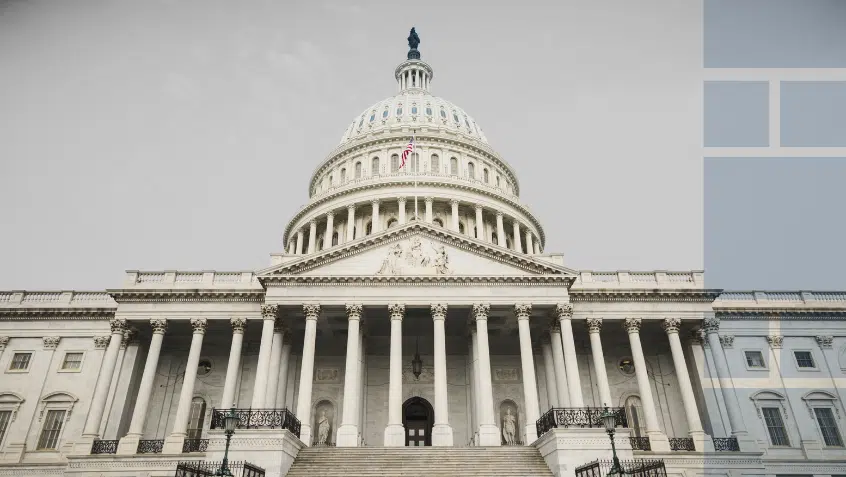
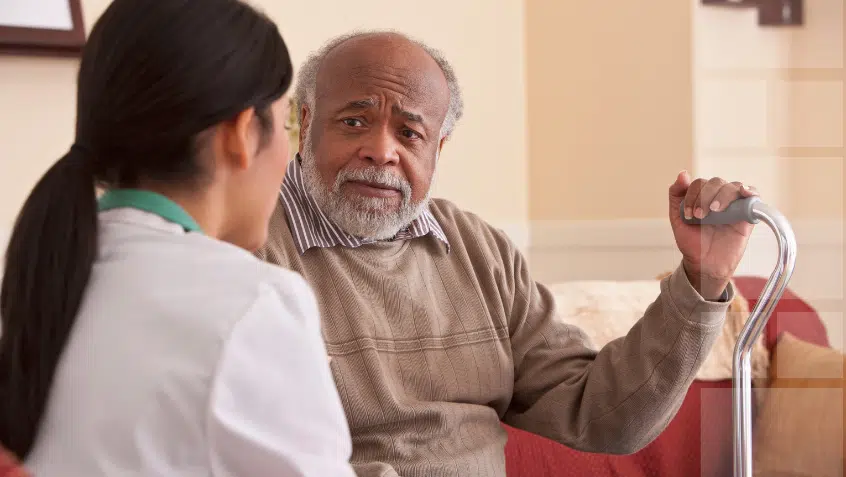
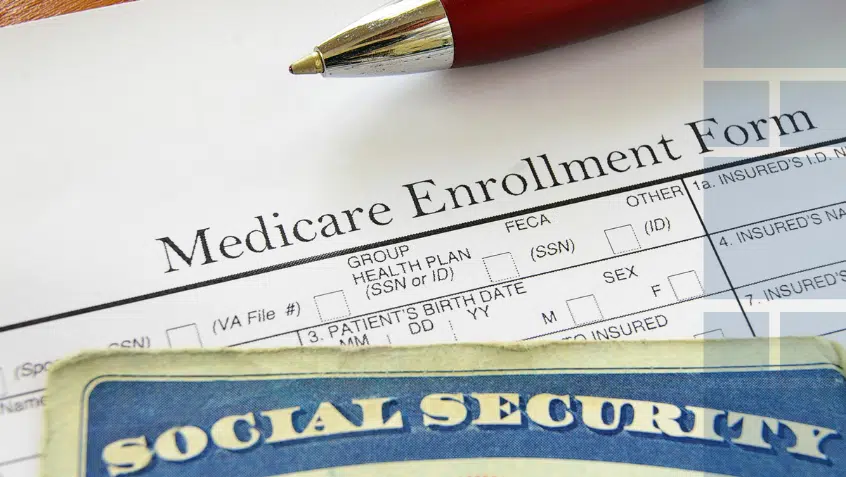
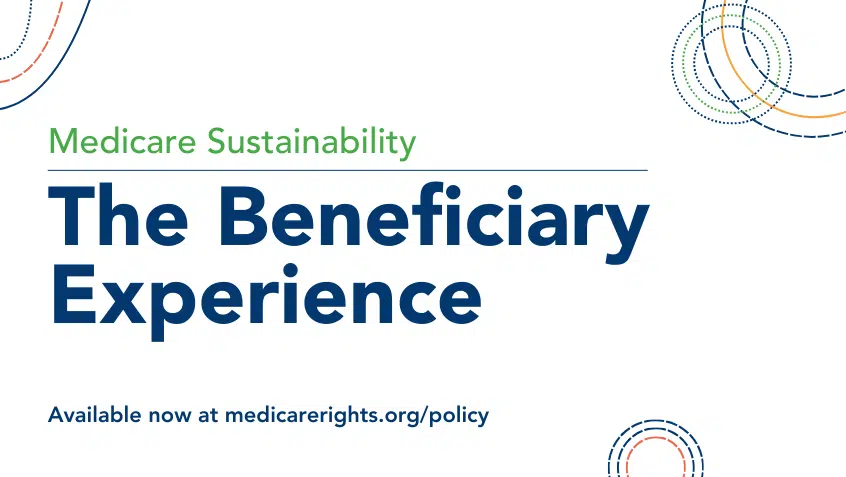





2 Comments on “SNAP at Risk: Impacts for Medicare Beneficiaries”
Tressa Harris
November 6, 2025 at 6:37 pmI knew Trump would try to pull something like this. That’s why I started buying bulk as soon as he got elected
Kristina
November 14, 2025 at 3:23 pmNEVER able to get food stamps in KY.
RECEIVED 1 TIME, 31.00, a month
SOCIAL SECURITY MONTHLY AMT. 1,200.00 TOTAL